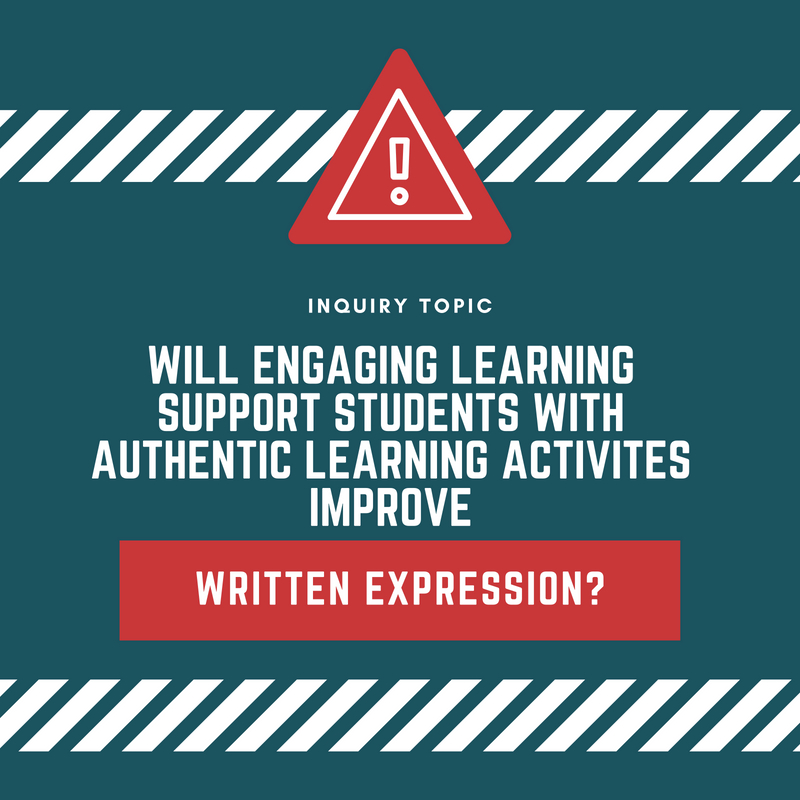I am in the process of writing an action plan for meeting the written expression needs in my high school learning support class. The research topic is:

During the research process, I decided to see what the National Council for Teachers of English had to say on the subject. I found their position statement “Professional Knowledge for the Teaching of Writing”, which affirmed many of the strategies that I use in the classroom, as well as food for thought. Their position mirrors what I always thought about myself. One of the reasons why I fell in love with writing in college is that I realized writing is a way in which I understand concepts and develop new ideas. Writing is a form of thought which enables me to figure out what I want to say and communicate my beliefs in a clear, concise, and polished manner. When speaking, I think aloud with out the ability to craft my words and ideas. Often spoken words fail to communicate clearly my ideas.
I’d like for you to read this excerpt and let me know your thoughts on the subject.
Writing is a tool for thinking.
When writers actually write, they think of things that they did not have in mind before they began writing. The act of writing generates ideas; writing can be an act of discovery. This is different from the way we often think of writers–as the solitary author who works diligently to get ideas fixed in his or her head before writing them down. The notion that writing is a medium for thought is important in several ways and suggests a number of important uses for writing: to solve problems, to identify issues, to construct questions, to reconsider something one had already figured out, to try out a half-baked idea. This insight that writing is a tool for thinking helps us to understand the process of drafting and revision as one of exploration, and is nothing like the idea of writing as transcribing from prerecorded tape. Nor is the writing process simply fixing the mistakes in an early draft; rather, it involves finding more and more wrinkles and implications in what one is talking about.
What does this mean for teaching?
In any writing classroom, some of the writing is for the writer and some for other audiences as well. Regardless of the age, ability, or experience of the writer, the use of writing to generate thought is still valuable; therefore, forms of writing such as personal narrative, journals, written reflections, observations, and writing-to-learn strategies should be included in the curriculum.
In order to provide high-quality writing opportunities for all students, teachers need to understand:
- How to employ varied tools for thinking through writing, such as journals, writers’ notebooks, blogs, sketchbooks, digital portfolios, listservs or online discussion groups, dialogue journals, double-entry or dialectical journals, and others;
- The kinds of new thinking—such as questioning, discovery, and invention—that occur when writers revise;
- The varieties of thinking people do when they compose, and what those types of thinking look like when they appear in writing;
- Strategies for getting started with an idea, or finding an idea when one does not occur immediately;
- Exploring various technologies such as drawing tools and voice-to-text translators for brainstorming and developing one’s initial thinking;
- Ways to accommodate differences among students, such as those who find writing physically challenging, by using oral rehearsal of ideas, gesture, diagramming, or other options that would still allow exploration and development of thought.
Professional Knowledge for the Teaching of Writing”. Position Statements. National Council of Teachers of English. 28 February 2016. http://www2.ncte.org/statement/teaching-writing/. Retrived 20 July 2018.
